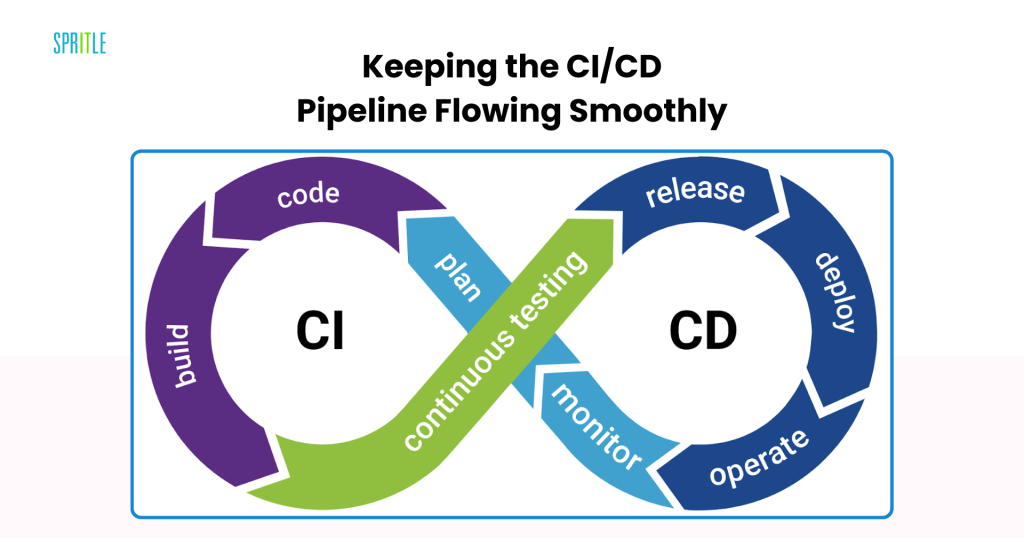
Introduction
In the breakneck world of software development, where new apps and features are demanded yesterday, Quality Assurance (QA) teams often find themselves under immense pressure. They’re expected to give the thumbs-up on complex software, often against a relentlessly ticking clock. But here’s the truth: squeezing QA like a lemon doesn’t magically produce better software—it usually makes things worse. Instead of piling on the stress, companies need to understand that giving QA testers sufficient time is the secret ingredient for a high-quality product and a happy, productive team.
So, grab your favourite beverage, and let’s explore why time is a QA tester’s greatest ally—and why pressure is a recipe for disaster.

1. Quality Takes Time: You Can’t Rush Bug-Free Brilliance!
Think of QA testers as detectives. They meticulously investigate every corner of your software, searching for clues (aka bugs!). Rushing them is like asking Sherlock Holmes to solve a complex mystery in five minutes—you’re guaranteed to miss something crucial.
When testers have enough time, they can:
Explore the Unknown: Conduct thorough exploratory testing to uncover those sneaky, hidden problems that automated tests might miss.
Double-Check EVERYTHING: Run comprehensive regression tests to ensure new features don’t break existing functionality. Nobody wants an update that ruins what already works perfectly!Analyze Like Pros: Deeply understand test results instead of making educated guesses caused by crippling time constraints.

2. Burnout is Real: And It Leads to Costly Mistakes
Imagine staring at lines of code, hunting for tiny, almost invisible errors, while battling exhaustion and the crushing weight of a looming deadline. Sounds fun, right? (Spoiler alert: it’s NOT).
Testers under constant pressure are significantly more likely to:
- Miss Critical Scenarios: Overlook important test cases that could expose major flaws.Forget the Edge Cases: Fail to consider those unusual, unlikely situations that can cause your software to crash and burn spectacularly.Misinterpret the Evidence: Get test results wrong, leading to incorrect conclusions and potentially shipping buggy code.
Giving testers the time they need allows them to work calmly, stay focused, and ultimately, catch more bugs before they wreak havoc.

3. Test Automation Needs TLC (and Time to Set Up Right)
Test automation is a game-changer in modern QA. It automates repetitive tasks, freeing testers to focus on more complex issues and ensuring consistent quality. But automation isn’t magic. Writing and maintaining those automated tests require time, skill, and patience.
If testers are constantly rushed, they might:
- Create Flaky Scripts: Produce unreliable tests that fail seemingly at random, wasting time and causing frustration.
Miss Important Test Cases: Neglect to automate crucial test cases, leaving significant gaps in test coverage.
Lack Time to Troubleshoot: Be unable to properly debug and improve automation scripts, leading to inefficiencies and missed opportunities.
Investing time in well-built automation pays off in the long run, saving time and improving overall quality.
4. Communication is Key: And Pressure Stifles It
QA isn’t a solo act; it’s a team sport! It relies on seamless collaboration between testers, developers, product managers, and other stakeholders. When testers are constantly under the gun, they often don’t have time to:
- Write crystal-clear bug reports: Document defects with enough detail for developers to understand and fix them quickly and effectively.
Participate in requirements discussions: Engage in meaningful conversations about project requirements, leading to fewer misunderstandings and costly mistakes later.
Suggest improvements proactively: Offer valuable insights and ideas to improve the testing process, enhance the product, and ultimately deliver a better user experience.
Time allows for better communication, which leads to a better product for everyone.

5. Understanding Why Bugs Happen is Crucial
It’s not enough to simply identify bugs; skilled testers need time to investigate why those bugs are occurring. This deeper understanding helps:
Developers Fix Issues Faster: Developers can pinpoint the root cause rather than just applying a temporary fix.
Prevent Future Bugs: Avoid similar issues in future updates by addressing underlying weaknesses in the code.
Improve Overall Software Design: Identify architectural flaws and implement improvements that enhance stability and maintainability.
Without sufficient time for root cause analysis, you end up in a never-ending cycle of quick fixes that never truly solve the underlying problems.
6. More Testing = Less Risk (It’s Simple Math!)
Rushing the testing process inevitably leads to cutting corners. When testers have the time they need, they can:
Test Everywhere Imaginable: Test on a wide range of devices, browsers, and operating systems to ensure compatibility and a consistent user experience.
Check Absolutely Everything: Validate security, performance, usability, and all other critical aspects of the software.
Go Beyond the Basics: Explore non-functional testing areas like load testing (to ensure the software can handle peak traffic) and accessibility testing (to ensure the software is usable by people with disabilities).
More comprehensive test coverage translates directly into a more stable, reliable, and user-friendly product.
7. Keeping the CI/CD Pipeline Flowing Smoothly
In today’s fast-paced Agile and DevOps environments, Continuous Integration and Continuous Deployment (CI/CD) pipelines are essential. These pipelines rely heavily on automated tests. However, if QA is constantly under pressure:
Bad Tests Can Slip Through: Incomplete or unreliable tests can make their way into the pipeline, leading to false positives and wasted time.
The Entire Process Can Grind to a Halt: Frequent test failures can disrupt the development workflow, slow down the release cycle, and ultimately delay the delivery of new features.
Giving QA the time they need helps ensure that only stable, high-quality code makes it into the final product—keeping the CI/CD pipeline flowing smoothly.

The Bottom Line: Time is an Investment, Not a Luxury
While project deadlines are important, pressuring testers to work faster ultimately backfires. It leads to lower quality, increased technical debt, and a demoralized team.
Instead of focusing solely on speed, companies should prioritize realistic project schedules, careful planning, and smart testing strategies.
A well-tested product results in happier customers, fewer post-release defects, and long-term business success. Investing time in QA is always a strategic move—not a frivolous expense.
The post Why Time is QA Tester’s Superpower and Pressure its Kryptonite! appeared first on Spritle software.

